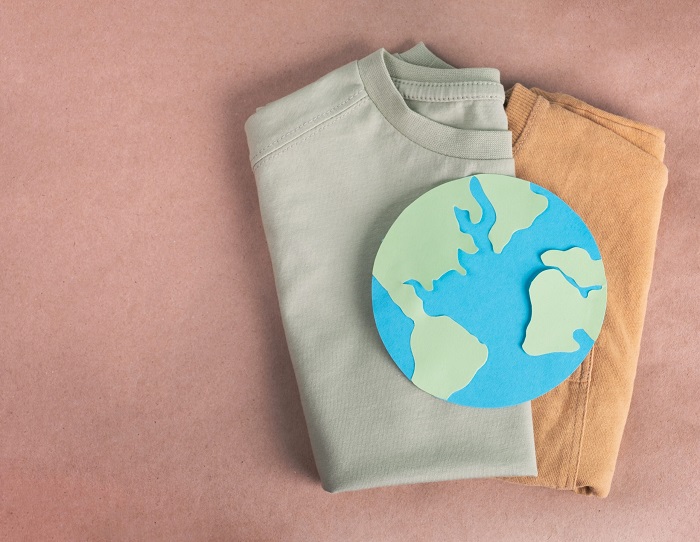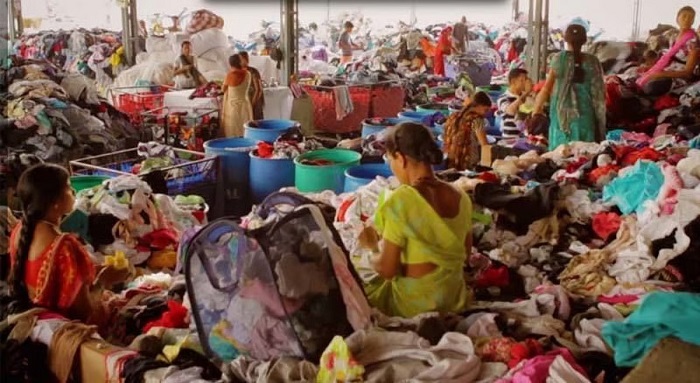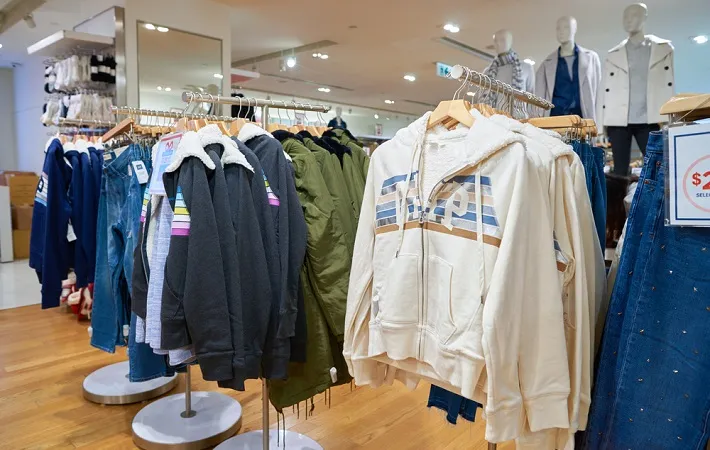In a classic case of administrative delays hampering development, tax refunds worth Rs 5,000 crore ( .70 billion) are pending with the government. In March 2019, the government introduced a new scheme for the garment exports sector. Called the Rebate of State and Central Taxes and Levies (RoSCTL), the scheme sought to refund the taxes on inputs paid by the sector. However, it’s been 10 months since the introduction of the scheme and refunds are still stuck with the government.
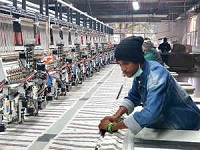 In a classic case of administrative delays hampering development, tax refunds worth Rs 5,000 crore ( .70 billion) are pending with the government. In March 2019, the government introduced a new scheme for the garment exports sector. Called the Rebate of State and Central Taxes and Levies (RoSCTL), the scheme sought to refund the taxes on inputs paid by the sector. However, it’s been 10 months since the introduction of the scheme and refunds are still stuck with the government.
In a classic case of administrative delays hampering development, tax refunds worth Rs 5,000 crore ( .70 billion) are pending with the government. In March 2019, the government introduced a new scheme for the garment exports sector. Called the Rebate of State and Central Taxes and Levies (RoSCTL), the scheme sought to refund the taxes on inputs paid by the sector. However, it’s been 10 months since the introduction of the scheme and refunds are still stuck with the government.
Tax rebates and subsidies to deal with capital crunch
Schemes including RoSCTL and the Merchandise Exports from India Scheme (MEIS) total 9 per cent of the total sales of these exporters. There is no clarity yet on the new rates under the two schemes, which has pushed Indian garment exporters into distress. Dominated by small businesses, these exporters face a huge capital crunch with salaries of their employees and vendors remaining unpaid. Some stakeholders say, the garment industry is on a ventilator and is about to die. To revive, the industry needs urgent action including tax rebates and subsidies. Any inaction, on part of the government is likely to push the industry towards bankruptcy and unemployment.
Employment generation and policy revamp
One of the government’s biggest worry is creating jobs for the masses. In the January 2018 edition of Economic Times, Arvind Panagariya, the ex-vice chairman of NITI Aayog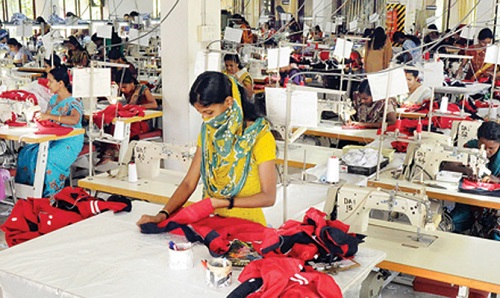 noted the Indian apparel sector needs to create jobs like RIL and Shahi Exports do. For this, it needs to tackle its shortcomings like low productivity levels of its garments. For this, India can create plug-and-play hubs with facilities like effluent treatment plants and dormitories for workers.
noted the Indian apparel sector needs to create jobs like RIL and Shahi Exports do. For this, it needs to tackle its shortcomings like low productivity levels of its garments. For this, India can create plug-and-play hubs with facilities like effluent treatment plants and dormitories for workers.
India also needs to revamp its trade policies and provide duty free access to its markets like Vietnam and Bangladesh who have grabbed the majority pie of the global apparel market.
Use of smarter fabrics
Another change that India needs to make is the adoption of smarter sophisticated fabrics that are capable of absorbing moisture, are heat resistant and have greater stretchability. Measures such as lowering the duty on synthetic raw material, strengthening weaving and processing industry and becoming FFI compliant will help the industry to grow.
Though the government has introduced initiatives such as flexible labour laws and wage subsidies, these efforts thus far have been half-hearted and piecemeal. To capture a major share of the $480 billion industry, we need a more coherent and coordinated strategy.

